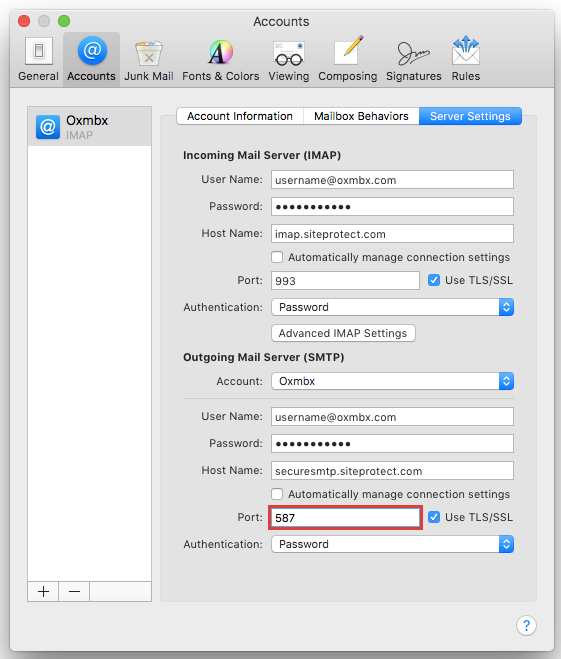

The first command to issue to the mail server is going to be EHLO or HELO, which is a basic greeting that initiates the communication between the SMTP server and the telnet client. It will display something similar to the following code: Trying 45.55.56.249.Ĭonnected to (45.55.56.249).Ģ20 (PowerMTA(TM) v4.0) ESMTP service ready Use the following command to do it: telnet 25 At this point, you can log in to the SMTP server. We now have two basic requirements – the MX record for and the PTR for the IP we will use. Once you figured out your IP address, run the following command, with T.T.T.T standing for the IP address.Ģ12.235.118.46.in-addr.arpa name = SOL-FTTB.212.235.118.46. Sites like this can be a perfect solution in this case. For this, we should start with the IP address the Internet sees us as having. Mailtrap.io mail exchanger = 5 .įor the IP we are going to use, we need the DNS PTR. You can use something similar to the following command:

We will need the DNS MX record for a given domain to proceed with it.

Then, you should search for a mail server to log in to. How to test SMTP server with a manual telnet session?įirst, a telnet client has to be verified for the installation on the server.

Various things can be tested with simply telneting into a given SMTP server: The messages are sent directly to this server, which consequently delivers mails to their receivers. The SMTP server, or just a computer running SMTP, stands for a mail carrier of the Internet. SMTP fully covers it, implementing something similar to the mechanism of delivering an actual letter in an envelope. People have probably been wondering how emails get to their destination. SMTP (Simple Mail Transfer Protocol) is the methodology behind the email workflow on the Internet. To make sure you understand all the details of what we are about to discuss, let’s define what SMTP is and what can be tested with it.


 0 kommentar(er)
0 kommentar(er)
